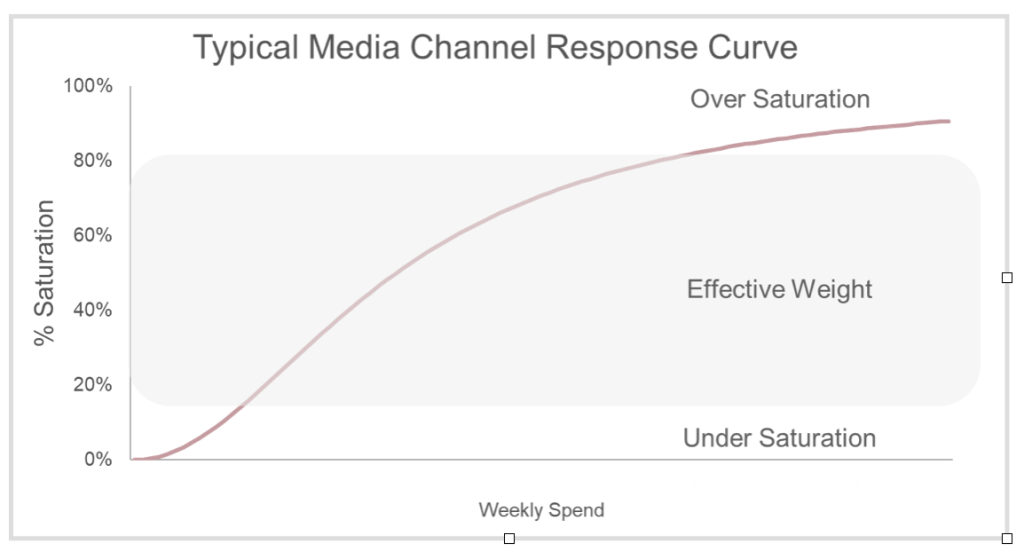With an increasingly diverse, and indeed, complex, media landscape brands are often tempted to broaden their media mix in the hopes of extending their reach amongst their target audience.
Whilst on the surface this may seem like a good idea (consumer habits are, after all, evolving all the time), it’s important to recognise the potential drawbacks of doing so.
Now don’t get me wrong, I’m all for experimentation via test and learn, but only, and I cant stress this enough, if the test itself is done in a way that lends itself to robust and effective measurement.
The Temptation of a Scattergun Approach
The limiting factor here is, most obviously, budget. All too often, brands are tempted to adopt what is, in essence, a scattergun approach – investing in a myriad of new channels despite having a relatively modest budget, meaning that only a token amount of spend is allocated to test and learn. Worse still, given that overall media budgets are generally fixed in the short term, this also leads to a reduction in spend against the other channels that are already present in the mix.
At it’s most extreme, over diversification of media spend can lead to a reduction in overall media effectiveness as the budget essentially becomes too thinly spread to produce effective weights against everything in the mix.
So what should marketers do to avoid this problem? The first step is to engage in robust measurement into the effectiveness of the existing media channels. Particular attention should be paid to both the response curves for each media channel and the position historical spend patterns typically occupy.

Carefully Considered Test and Learn
Through media budget optimisation/what if scenario planning, the impact of holding out a portion of budget purely for test and learn can be ascertained, thereby ensuring that existing channels aren’t adversely impacted by a reduction in budget.
But how much budget should we allocate to Test and Learn? A typical rule of thumb would be no more than 10-20% of your total media spend but this of course varies depending on the overall level of spend a brand has at it’s disposal.
Why 10-20%? Well the reason here has to do with the impact on the overall ROI of media activity, with this being heavily influenced by the individual channel ROIs that lie underneath it. A budget of 10-20% of total media spend, even if it doesn’t perform, will likely be offset by the performance of other more established channels mitigating the risk that experimentation will unduly influence overall media performance.
How effective can this strategy be? A client recently asked us the exact same question and our analysis determined that they could boost ROI by as much as 60% by reducing their media channels by as little as 10%.
Whilst this may well be unique to the specific client media mix analysed, it nonetheless demonstrates the considerable potential upside associated with undertaking this form of analysis.





